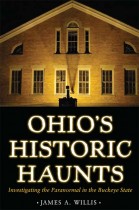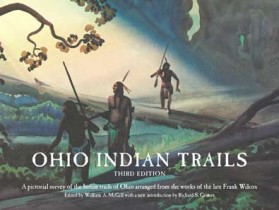Ohio’s Historic Haunts
James A. Willis | Filed under: History, Regional Interest
Many of Ohio’s historically significant locations have developed a reputation for being haunted. While it might be almost impossible to prove the validity of the paranormal tales that surround them, one thing is clear: ghost stories help to keep history alive. But the questions remain: How did these stories get started? More important, are any of them tied directly to actual historic events? And do any facts support the ghost lore?










